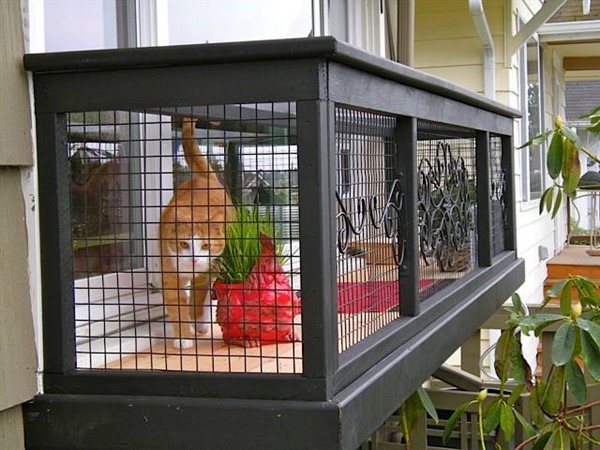Cretan Brake Fern is one of the superb plant species showing off the beauty of indoors more. Thanks to the cultivation of plants, these varieties can adapt to any place. This way, with increasing the number of its kind, this houseplant doesn’t just decorate outdoors but indoors. This houseplant’s scientific name is Pteris Cretica. Also, Cretan Brake Fern is known as ribbon fern and table fern as well. Due to this, white striped foliage resembles Lucky Bamboo. Besides, it is native to Asia, Africa, and Europe.

General Information
Cretan Brake Fern generally features the variegated, curvy, long foliage, and herbaceous stems emerging from directly the soil. Typically, it looks like a bush in any pot. Just like many ferns such as Boston Fern and Delta Maiden Fern, this houseplant never blooms. In terms of length, it could reach up to 3 ft (1 m), provided well-maintained. On the other hand, it is a perennial plant. However, it is totally up to you how many years it would live. For pets, it isn’t clear if this houseplant is toxic or not.

How to Care For Pteris Cretica
Sunlight: First of all, Cretan Brake Fern should take scattered sunlight. To ensure this condition, you can put the potted plant in sheltered spots and semi-shade spaces. Exposing long-term direct sunlight can scorch the plant.
Watering: Provided that avoiding overwatering, you have got to keep the soil moist. For that, weekly watering will suffice. But this general rule changes in winter because of the dormancy of plants. That’s why it demands sparingly watering in these times.
Humidity: To mimic its natural growing conditions properly, you should increase the amount of humidity level indoors. To ensure that, you can use water sprays, humidifiers, and wet pebble trays.
Temperature: 65°F – 75°F (18°C – 24°C) will be the best temperature range for Pteris cretica. However, this houseplant cannot resist below 55°F (12,5°C). Plus, it cannot tolerate cold and warm drafts and sudden weather fluctuations. According to the USDA plant hardiness map, Ribbon Fern grows best in zones 9-11.
Soil Type: Any potting mixes would work. But peat-based potting mixes will be more effective in growing this houseplant.
Fertilizer: This plant prefers water-soluble fertilizers in general. Feeding it in its growing seasons (spring and summer) will considerably accelerate its development.
Propagation: The division will be the most convenient propagation way for this plant. You may multiply the plant by cutting a part of rhizomes and a couple of fronds per pot.
Repotting: In case of outgrowing, you can transfer the plant to another large pot in spring. For example, you can put this houseplant in a terracotta pot being larger than the existing one.

Common Problems
Yellow leaves: Overwatering causes this problem in general. Too much water drowns the plant’s root. The drowned roots cannot convey the necessary amount of water to the upper part of the plant. This way, the plant goes gradually yellow over time.
Brown leaf tips and edges: Direct and intense sunlight exposure leads to such problems. If this problem is neglected too much, the plant burns alive.
Pest infestation: All kinds of pests invade the plant when not cared for properly. Specifically, some bad conditions such as drought and dehydration give rise to this problem.
Suggestions for problems: Yellow leaves give some improper impressions about your plant to people. First of all, you can pinch off the yellow ones. After then you should go on its regular watering regime. As I noted above, weekly watering will suffice. For brown leaf tips and edges, you may do the same thing that you would do for yellow leaves. Later, you should find an ideal location for the plant. For example, these locations must be semi-shade and get filtered sunlight. When it comes to pest-infested plants, such problems are big trouble as usual. For that, you can use neem oils, alcohol-based wipes, and pesticide soaps. Afterward, you can clean the plant with a damp cloth.























